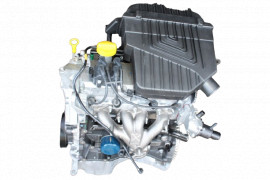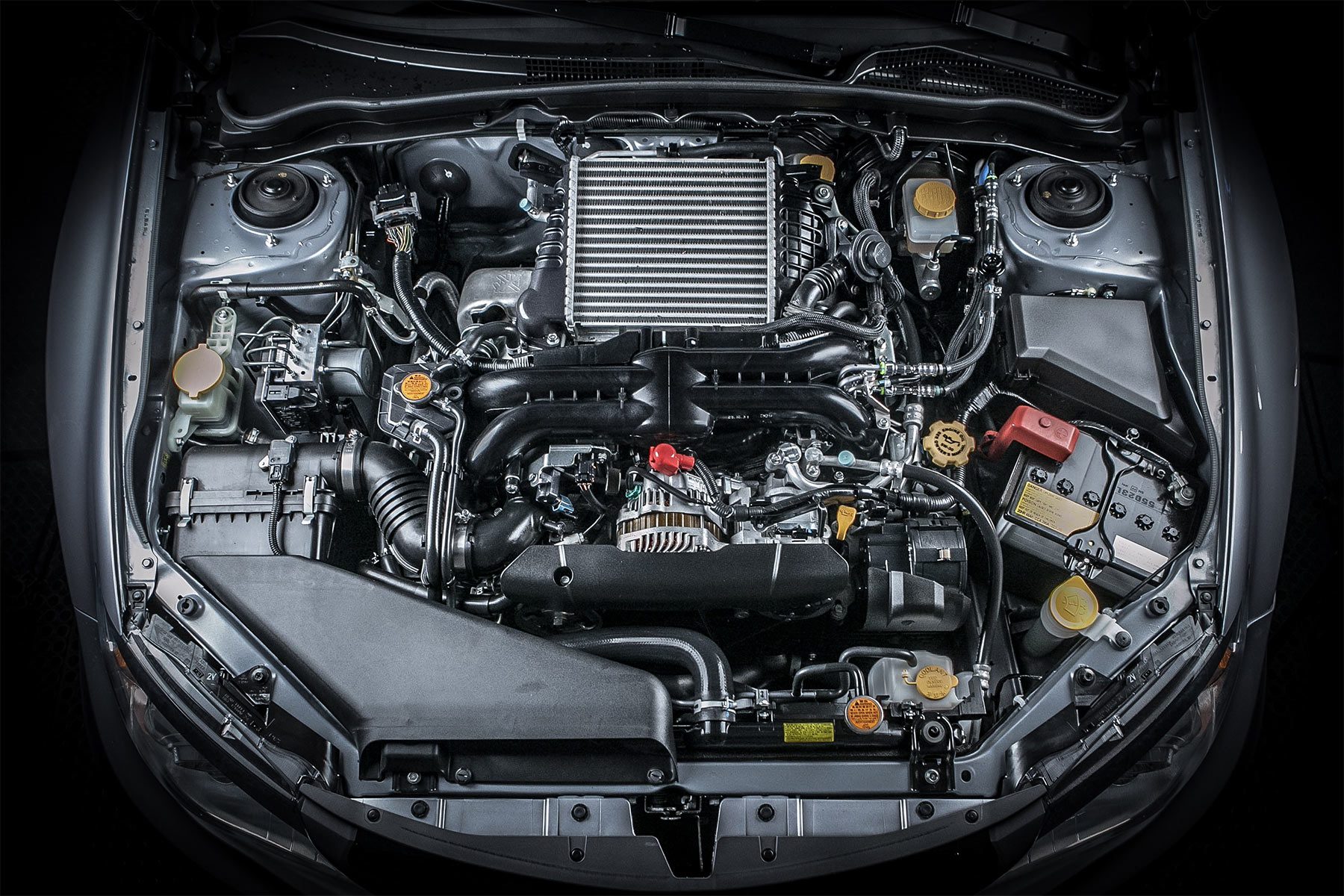Effective and efficient Small Cars and truck Motor Performance Evaluation
Examining the performance of tiny vehicle electric motors is a nuanced job that requires a keen eye for information and a deep understanding of vehicle engineering concepts. By analyzing vital metrics such as horsepower and torque, as well as assessing gas performance, we can discover insights right into how little car engines can be optimized for peak efficiency.

Little Car Motor Efficiency Metrics
In examining the efficiency of little automobile electric motors, key metrics such as acceleration, gas efficiency, and power outcome play a critical function in identifying their overall efficiency and suitability for different driving conditions. Velocity, gauged in seconds from 0 to 60 miles per hour, shows just how swiftly a small vehicle can reach greater rates, which is necessary for combining onto freeways or surpassing other vehicles. Fuel efficiency, commonly determined in miles per gallon (MPG), mirrors how much a tiny auto can take a trip on a gallon of gas, affecting running expenses and ecological sustainability. Power output, expressed in horse power (HP) or kilowatts (kW), symbolizes the engine's capacity to create the essential pressure to propel the lorry, affecting its efficiency in numerous roadway problems. By examining these efficiency metrics comprehensively, manufacturers, vehicle drivers, and auto lovers can make enlightened decisions relating to the choice and optimization of tiny vehicle electric motors to meet their particular demands and choices.

Horse Power and Torque Evaluation
With a basic role in recognizing tiny cars and truck motor torque, efficiency and horse power analysis offers insight into the engine's power distribution features. Horse power is a dimension of the engine's capability to do persuade time, representing the price at which job is done. In the context of little automobile motors, horse power is crucial for identifying acceleration, top rate, and total performance. Torque, on the other hand, measures the engine's rotational pressure, showing its capability to get over resistance. Small cars and truck engines with greater torque values generally really feel much more receptive and give much better velocity, making them suitable for city driving and surpassing maneuvers. When examining horsepower and torque in little auto electric motors, it is necessary to consider just how these metrics interact to provide a balanced and efficient driving experience. By understanding the relationship between horse power and torque, automotive designers can enhance engine performance to fulfill the particular needs of tiny automobile applications.
Fuel Effectiveness Examination
The evaluation of fuel performance in small auto electric motors plays an important duty in identifying their economic and ecological influence. In little cars and truck electric motors, where compact size typically associates with far better gas economy, different factors influence efficiency.
To review gas efficiency, metrics such as miles per gallon (MPG) are frequently made use of. This measurement suggests the distance a vehicle can travel each of fuel. Small vehicle motors that accomplish greater MPG scores are taken into consideration extra fuel-efficient, causing expense savings for drivers and reduced discharges that profit the environment. Producers continuously make every effort to boost fuel efficiency through innovations in engine technology, light-weight products, and wind resistant styles.

Optimizing Small Car Engine Performance
Enhancing the effectiveness of small auto engines is vital in taking full advantage of performance and lessening operational expenses. Optimizing tiny cars and truck engine performance includes an alternative technique that thinks about numerous aspects such as engine style, fuel monitoring systems, and general vehicle characteristics.
An additional vital element in maximizing small automobile engine efficiency is the utilization of sophisticated technologies such as turbocharging or crossbreed systems. These modern technologies can boost power output without endangering gas performance, providing a balance in get redirected here between performance and economy. Moreover, optimizing engine performance also entails enhancing combustion effectiveness, decreasing frictional losses, and boosting thermal monitoring systems.
Future Trends in Small Cars And Truck Motors
Due to progressing automobile modern technologies and the constant quest of ideal tiny automobile engine performance, an expedition of future trends in small vehicle electric motors ends up being vital - opel corsa engine. One popular fad imminent is the increasing combination of electric powertrains in little automobiles. As the automotive market changes towards sustainability and minimized discharges, even more little vehicle suppliers are buying electrical motor innovation to enhance efficiency and environmental friendliness
One more significant pattern is the development of smaller yet a lot more effective turbocharged engines for small autos. By downsizing engine capacities and incorporating turbocharging technology, automakers can achieve greater power results while maintaining fuel effectiveness. This trend aligns with the growing customer need for tiny vehicles that provide a dynamic driving experience without endangering on gas economic climate.
Moreover, the emergence of crossbreed powertrains in tiny autos is anticipated to obtain grip in the future. Hybrid systems provide the benefits of both internal burning engines and electrical motors, supplying enhanced performance and fuel performance. As innovations in battery modern technology continue, small vehicle electric motors are most likely to end up being much more powerful and efficient, providing to the progressing requirements of consumers and governing demands for cleaner transportation remedies.
Verdict
To conclude, the analysis of tiny cars and truck motor efficiency metrics such as horse power, fuel, and torque effectiveness is vital in optimizing engine efficiency. By evaluating these variables, makers can improve the total efficiency and power result of little car electric motors (opel find here corsa engine). Future trends in tiny automobile motors are most likely to focus on improving performance while preserving gas effectiveness, ensuring that little cars remain to be a economical and trusted choice for customers
By examining crucial metrics such as horsepower and torque, as well as examining gas efficiency, we can reveal understandings into just how small automobile engines can be maximized for peak performance. Maximizing tiny automobile engine efficiency entails a holistic method that takes into consideration numerous factors such as engine style, gas monitoring systems, and overall automobile characteristics.In light of progressing automotive innovations and the continual search of optimum small automobile engine efficiency, an expedition of future trends in small automobile electric motors comes to be crucial.In verdict, the analysis of small automobile electric motor efficiency metrics such as gas, horse power, and torque performance is crucial in maximizing engine efficiency. Future fads in tiny car motors are likely to focus on enhancing performance while maintaining gas performance, ensuring that small vehicles continue to be a advice affordable and trusted selection for customers.